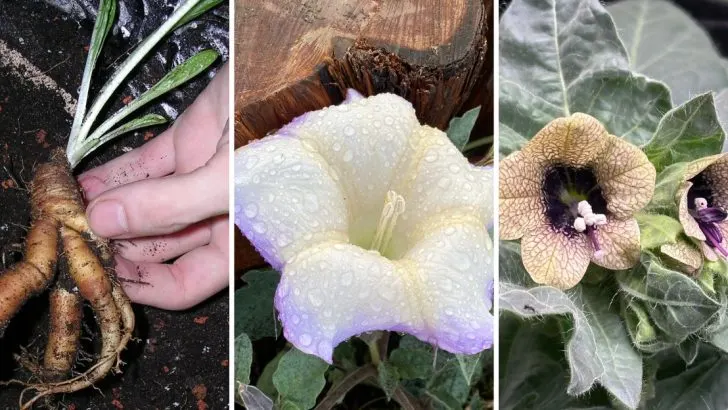Throughout history, plants have captivated the human imagination not only for their beauty and utility but also for the mysteries they seem to hold.
Many cultures have attributed supernatural powers to certain plants, believing they could heal, protect, or even ward off evil. These plants often played central roles in folklore, rituals, and ancient traditions, blurring the line between nature and the mystical.
In this article, we’ll delve into the curious history of seven plants once believed to possess supernatural properties. From tales of magical herbs to plants linked with divine intervention, these stories reveal the fascinating ways people have viewed and revered the botanical world.
Mandrake Root
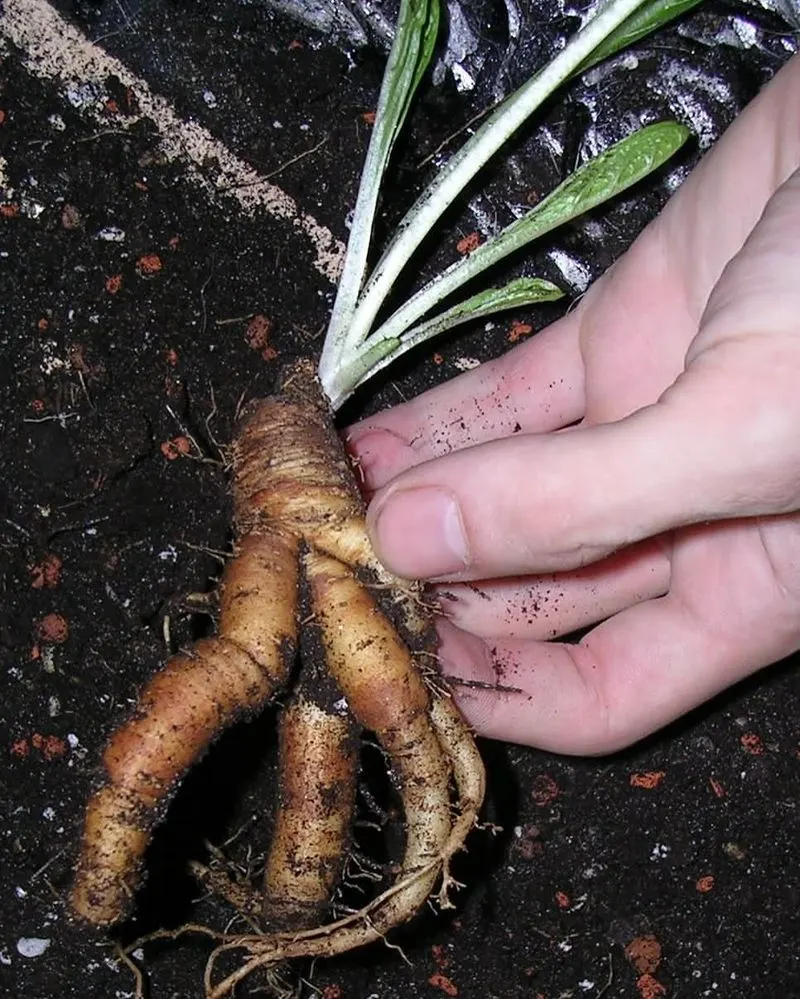
In folklore, the mandrake root was said to emit a deadly scream when uprooted, requiring special rituals for safe harvesting. This peculiar plant, with roots resembling human figures, was believed to possess powerful magical properties, including the ability to heal and to bring fortune.
Alchemists and sorcerers coveted it for concocting potions. Its eerie reputation made it a staple in witchcraft lore. Though its scream might be silent, the mandrake’s allure continues to echo through time, captivating those interested in the arcane and mystical. Its presence is still felt in modern tales of magic.
Belladonna
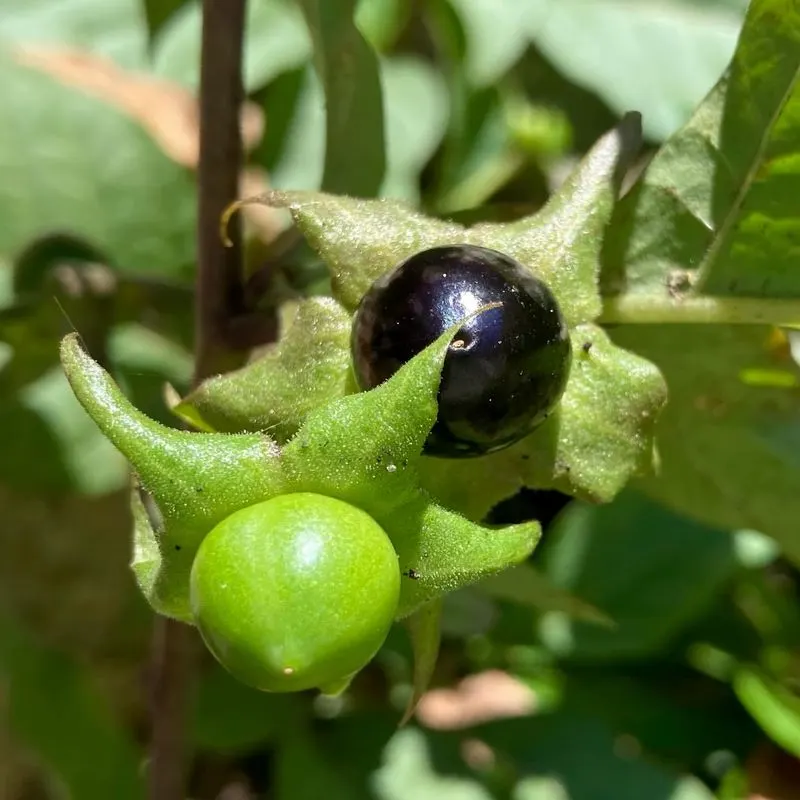
Also known as ‘Deadly Nightshade,’ belladonna has a notorious history of being used in both medicine and poison. During the Renaissance, women used its juice to dilate their pupils, believing it added allure. However, its toxic nature made it a feared and revered plant, often associated with witches and dark magic.
In medieval times, it was used in rituals to invoke spirits, marking its place in supernatural folklore. Today, belladonna’s duality as a healer and a harbinger of doom continues to intrigue botanists and historians alike, reminding us of nature’s delicate balance.
Wolfsbane
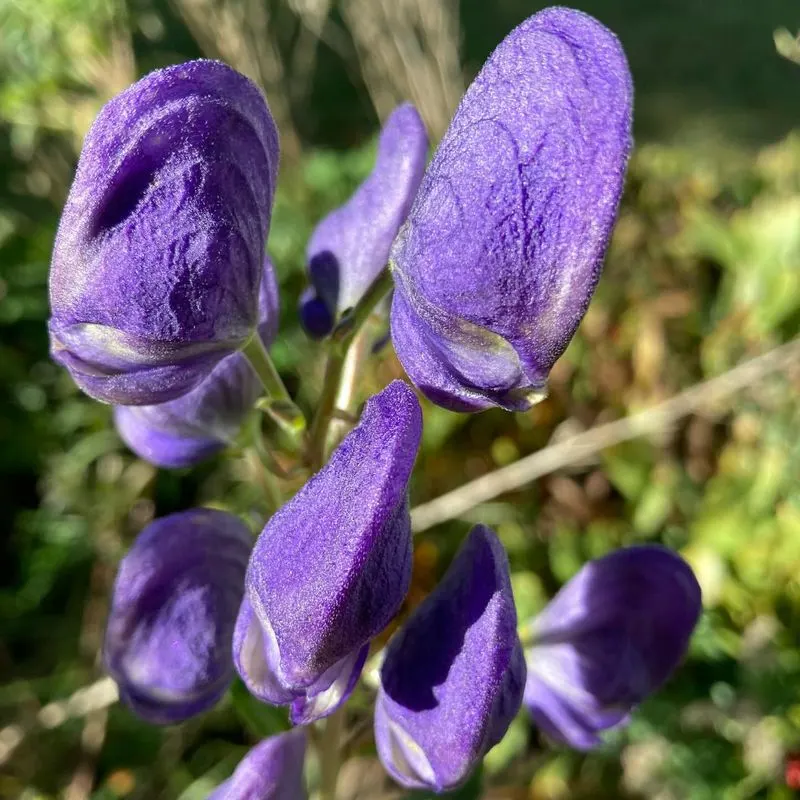
Wolfsbane, or aconite, has a rich history steeped in legends and mystery. The plant was believed to repel werewolves and vampires, earning its place in many a myth and legend. Its potent toxicity led to its use in ancient poisonings, while also being a staple in mystical protection rituals.
In Roman times, it was said to grow from the slobber of Cerberus, the guard dog of the underworld. Despite its dangerous nature, wolfsbane’s striking appearance and storied past continue to captivate those interested in the mystical and the mythical.
Mistletoe
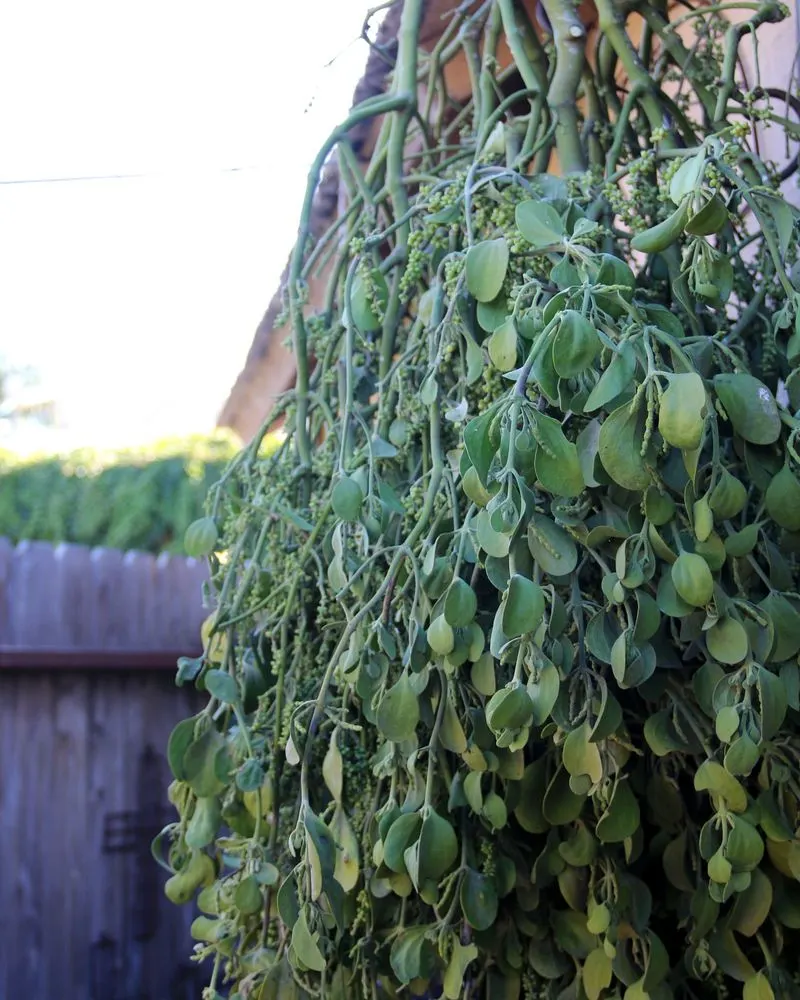
Mistletoe’s role in folklore is as varied as its cultural significance. In Druidic lore, it was considered a sacred plant, used in rituals to bring peace and prosperity. The tradition of kissing under the mistletoe is rooted in its belief as a symbol of fertility and protection.
Ancient Norse myths also feature mistletoe, as the plant responsible for the death of the god Balder. Its enigmatic presence in various traditions showcases its importance in supernatural lore. Even today, mistletoe remains a symbol of holiday cheer and ancient mystical beliefs.
Yew Tree
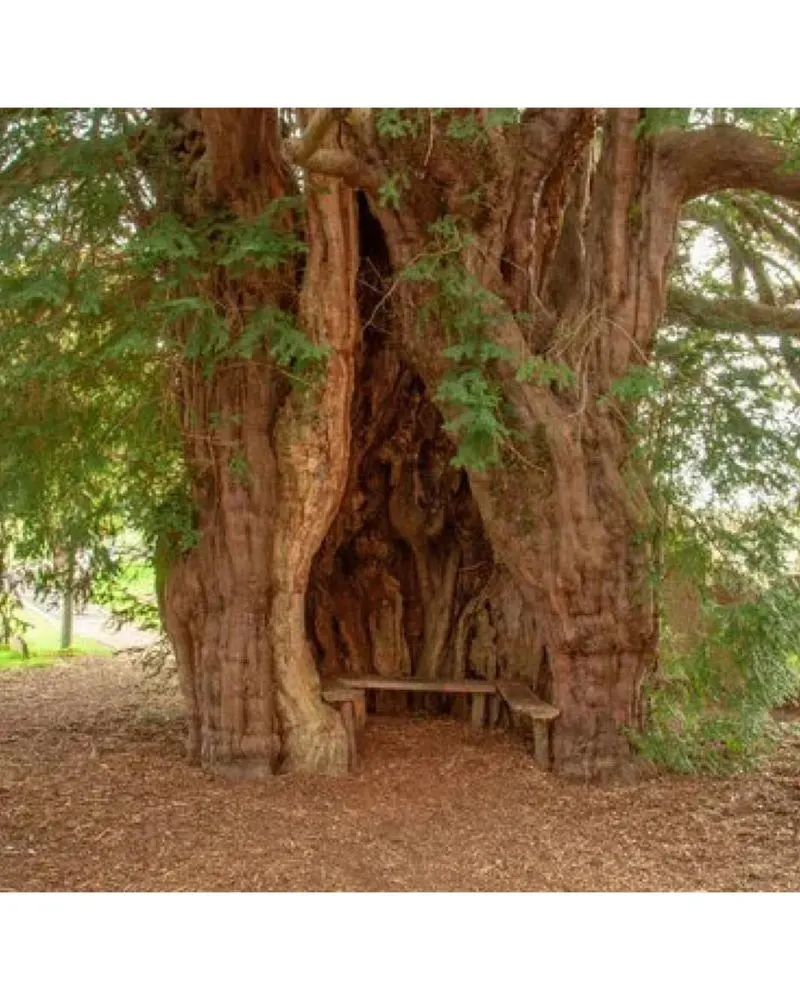
The yew tree, often found in churchyards, has long been associated with death and the afterlife. Druids believed it held the power to communicate with the dead, while its longevity symbolized eternity. Its toxic red berries added to its ominous aura. In Celtic traditions, yew wood was used to craft bows, linking it to life and death.
Its dark, twisted appearance continues to evoke mystery and reverence. Even in modern times, the yew’s association with immortality and its ghostly presence in graveyards keep its supernatural legacy alive.
Henbane
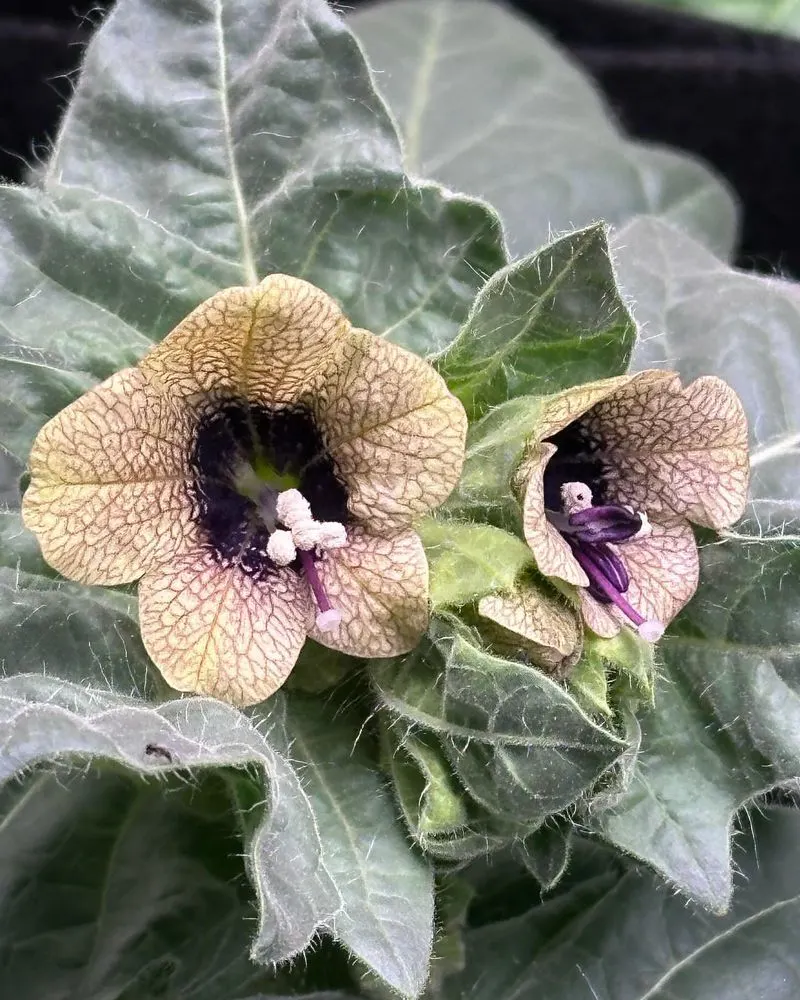
Henbane has a storied reputation in witchcraft and ancient medicine. Its hallucinogenic properties made it a staple in potions and spells, believed to induce visions and communicate with spirits. In ancient Greece, it was used in oracles’ rituals to divine the future.
Despite its toxic nature, henbane was also employed as a sedative in medieval medicine. Its dual nature as both a healer and a hallucinogen continues to fascinate modern herbalists and historians. Though its use has waned, the plant’s legacy as a mystical tool persists in folklore and legend.
Datura
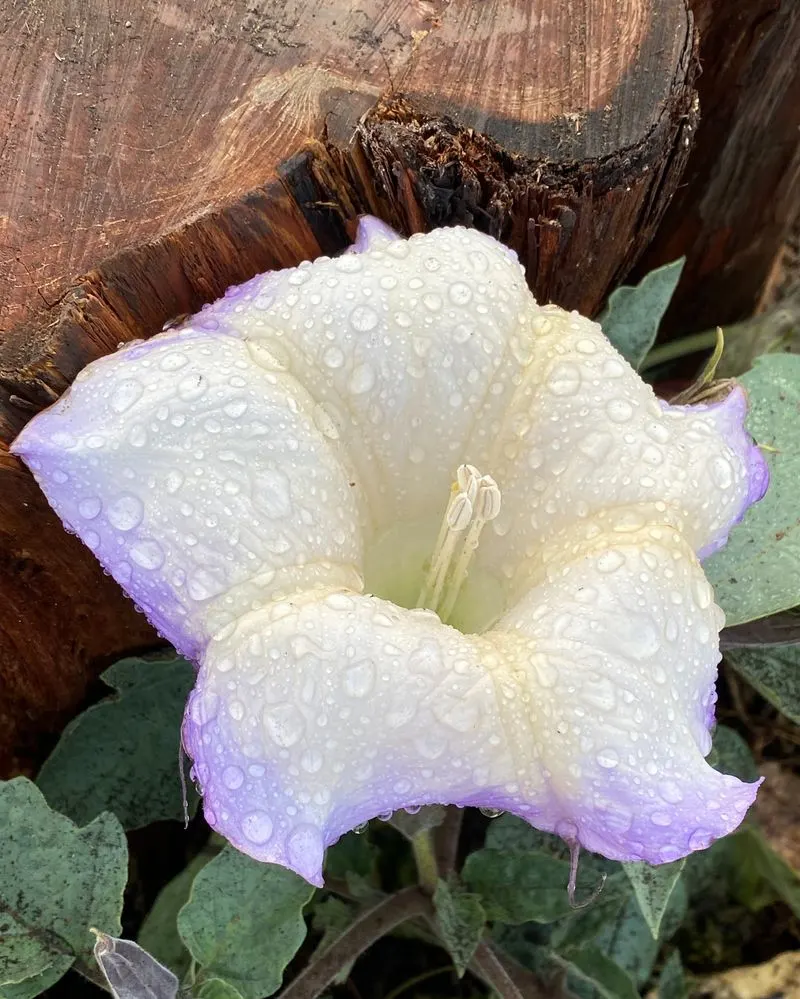
Datura, with its trumpet-shaped flowers, has been revered and feared across cultures. Known for its potent hallucinogenic effects, it was used in spiritual ceremonies to transcend ordinary reality.
Native American shamans employed it in rituals to connect with the spirit world, while in Hindu traditions, it is associated with the god Shiva. Despite its beauty, datura’s toxicity demands respect, and stories of its misuse abound. Its role in both enlightenment and danger highlights the thin line between the mystical and the mortal. Thus, datura’s enigmatic nature continues to captivate and caution.

